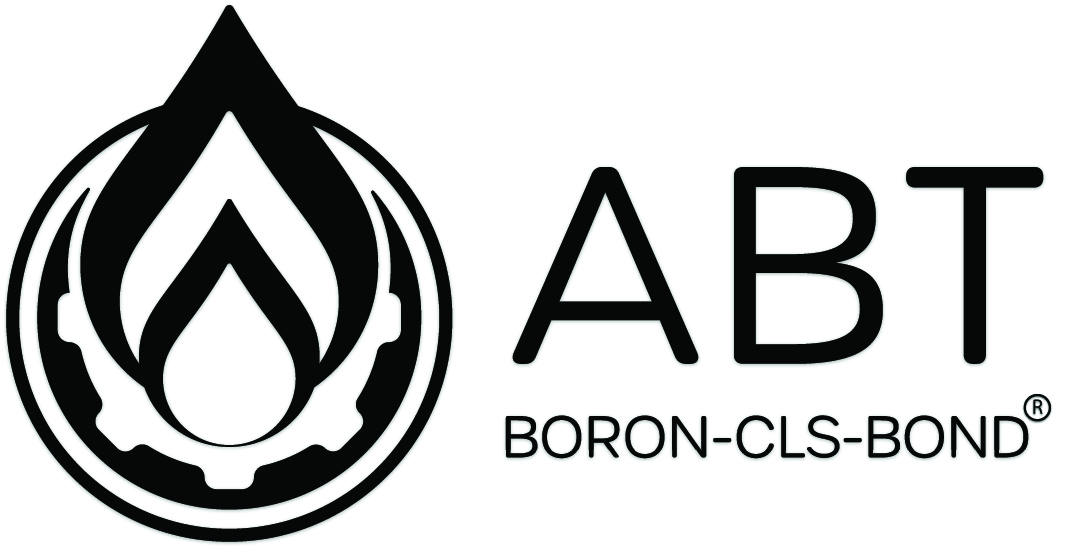Elevate Your Stakes Conquer the Chicken Road app & Pursue £20K Wins with 98% Return.
- Elevate Your Stakes: Conquer the Chicken Road app & Pursue £20K Wins with 98% Return.
- Understanding the Core Mechanics of the Chicken Road App
- Difficulty Levels and Their Impact on Gameplay
- Effective Strategies for Maximizing Wins
- The Role of RTP and Bankroll Management
- The Psychological Aspects of Playing Crash Games
Elevate Your Stakes: Conquer the Chicken Road app & Pursue £20K Wins with 98% Return.
The world of online gaming is constantly evolving, offering innovative and engaging experiences for players. Among the myriad of options, crash games have gained significant popularity, exemplified by the exciting gameplay offered by the chicken road app. This app presents a unique twist on the crash genre, blending simplicity with the potential for substantial rewards. It’s a game of strategy, risk assessment, and quick reflexes, attracting a diverse audience eager to test their luck and skill. This article delves into the intricacies of this captivating game, exploring its mechanics, strategies, and the factors contributing to its increasing appeal.
Understanding the Core Mechanics of the Chicken Road App
At its heart, the Chicken Road app is a prime example of a crash game. Players place bets on a virtual chicken attempting to traverse an increasingly challenging road. With each step the chicken takes, a multiplier increases, amplifying potential winnings. However, the challenge lies in the unpredictable nature of the game – the chicken can ‘crash’ at any moment, resulting in the loss of the bet. The core appeal stems from this thrilling balance of risk and reward. Players must decide when to cash out their winnings before the inevitable crash, a decision demanding both careful observation and swift action. This is where the true skill in playing the chicken road app comes into play.
The game achieves its simplicity through intuitive controls and a visually engaging interface. Players can easily adjust their bet size and cash-out multiplier, allowing for customized gameplay to suit individual risk tolerances. The game’s core loop is exceptionally easy to grasp, making it accessible to newcomers while still offering enough depth to keep seasoned players entertained. This balancing act is a key reason for the chicken road app’s widespread popularity.
A crucial aspect of the game is the random number generator (RNG) that dictates when the chicken will crash. This RNG ensures fairness and unpredictability, meaning that previous outcomes do not influence future results. It’s a matter of pure chance, and this is a factor players must accept when deciding when to withdraw their bet.
Difficulty Levels and Their Impact on Gameplay
The chicken road app introduces a strategic layer by offering four distinct difficulty levels, each presenting a unique challenge and corresponding risk/reward profile. These levels—Easy, Medium, Hard, and Hardcore—directly influence the number of lines the chicken must navigate and the probability of a crash. Understanding these differences is critical to formulating an effective gameplay strategy. The Easy mode features 25 lines with a relatively low risk of 1/25, making it ideal for beginners or players seeking a less volatile experience. As players progress to Medium, Hard, and ultimately Hardcore, the number of lines decreases while the risk increases exponentially, demanding greater skill and precision.
The higher difficulty levels offer significantly greater potential payouts, making them attractive to seasoned players willing to take on the added risk. However, this heightened reward comes with a drastically increased chance of losing their bets. The game’s structure allows players to gradually hone their skills, starting with the more forgiving Easy mode and progressively tackling the more challenging levels as their confidence and strategies improve. The maximum win potential of £20,000 particularly calls to the Hard/Hardcore difficulty settings, as x100 is required to unlock this prize.
Here’s a table summarizing the difficulty levels and their corresponding parameters:
| Easy | 25 | 1/25 |
| Medium | 22 | 3/25 |
| Hard | 20 | 5/25 |
| Hardcore | 15 | 10/25 |
Effective Strategies for Maximizing Wins
While the chicken road app relies heavily on chance, several strategies can improve a player’s odds of success. One popular approach is the Martingale system, where players double their bet after each loss in an attempt to recoup losses with a single win. However, this strategy requires a substantial bankroll and carries the risk of significant losses if a losing streak persists. Another strategy involves setting realistic profit targets and cashing out once those targets are reached, avoiding the temptation to push one’s luck. This requires disciplined and consistent application. The key is to develop a personal strategy and stick to it, avoiding impulsive decisions driven by emotion.
Furthermore, many players advocate for employing a ‘safe cash-out’ multiplier, especially for beginners. This involves setting a predetermined multiplier at which to cash out, regardless of the current state of the game. A conservative multiplier ensures consistent small wins, while a higher multiplier offers the potential for larger payouts but carries a greater risk. Selecting the right multiplier is crucial, and it often depends on the chosen difficulty level and the player’s risk appetite.
Here’s a list of tips for improving play:
- Start Small: Begin with smaller bets to understand the game mechanics and risk involved.
- Set Limits: Establish both win and loss limits to manage your bankroll effectively.
- Use Auto Cash-Out: Utilize the auto cash-out feature to reduce the possibility of missing the optimal cash-out point.
- Understand the Multiplier: Familiarize yourself with the multiplier and its relation to profitability.
- Practice Discipline: Resist chasing losses or getting overly excited by wins.
The Role of RTP and Bankroll Management
A critical factor in any online game is the Return to Player (RTP) percentage, and the chicken road app boasts a commendable RTP of 98%. This means that, on average, the game returns 98% of all wagers to players over an extended period. While this doesn’t guarantee individual wins, it signifies a relatively fair and generous game. Nevertheless, effective bankroll management remains paramount. Players should only wager an amount they can afford to lose and avoid chasing losses. A well-defined bankroll management strategy encompasses setting daily or weekly limits, choosing appropriate bet sizes based on the bankroll, and avoiding impulsive bets.
A common guideline recommends allocating only a small percentage of the bankroll to each bet—typically between 1% and 5%. This approach helps to mitigate risk and extend the playing session, allowing players more opportunities to experience potential wins. Employing techniques like the ‘unit’ system, where a bet is defined as a specific unit of the bankroll, can further enhance bankroll control.
Here’s a table on suggested betting amounts relative to Bankroll:
| £100 | £1 | £5 |
| £500 | £5 | £25 |
| £1000 | £10 | £50 |
The Psychological Aspects of Playing Crash Games
Playing the chicken road app, like all forms of gambling, is as much a psychological game as it is one of chance. The thrill of potential wins can be addictive, leading players to make irrational decisions. Recognizing and managing these impulses is crucial. The fear of missing out (FOMO) can lead players to hold onto their bets for too long, hoping for a larger multiplier, ultimately resulting in a crash. Similarly, chasing losses can quickly deplete a bankroll. It’s important to approach the game with a clear head, avoid emotional decision-making, and adhere to a pre-determined strategy.
Understanding cognitive biases, such as the gambler’s fallacy (the belief that past outcomes influence future events), can also help players make more rational choices. The game itself is designed to be stimulating and engaging, and it’s easy to get caught up in the excitement. It’s imperative to recognize when to take a break, allowing for a clear perspective and responsible gameplay.
- Emotional Control: Avoid betting based on feelings – stick to your strategy.
- FOMO: Don’t hold on to bets too long as it can trigger a crash.
- Chasing Losses: Try to not chase losses to prevent further risk.
- Taking Breaks: Regular breaks can help maintain a clearer, more rational mindset.






